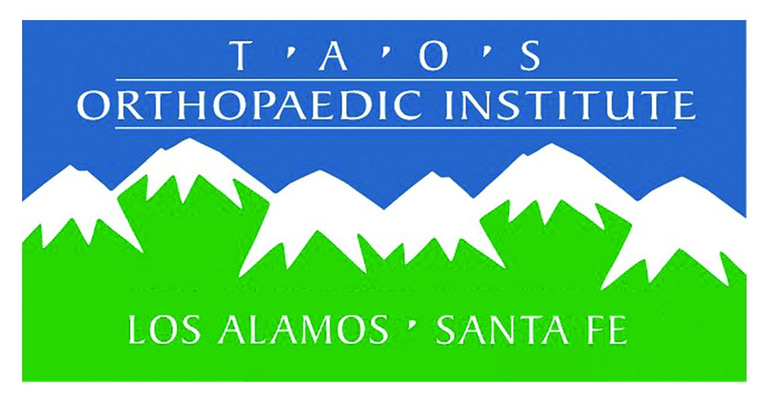Treatment of Shoulder Dislocations & Subluxations
SHOULDER
11/21/20242 min read
The shoulder has the most motion of any joint in the body. Unfortunately, it is also the most susceptible to instability. Dislocation of the shoulder joint, which occurs when the ball (head of the humerus bone) pops out of the socket (glenoid cup of the scapula bone), is common. When the shoulder dislocates, the rim of soft tissue which surrounds the glenoid rips and tears. This rim, called the lip or labrum, is like a bumper which helps keep the ball in the cup. When the labrum is torn, dislocation can commonly recur (happen over and over again)
Disappointing Natural History
When a younger person dislocates their shoulder, the recurrence or re-dislocation rate may be as high as 90%. In addition, in those patients who don’t have recurrent dislocations, activities like sports or throwing must frequently be modified. Some patients even have difficulty sleeping comfortably. When a patient who is older than 40 years old suffers a shoulder dislocation, the rotator cuff (the main tendons and muscles which move the shoulder) may tear. In either case, without repair, continued instability and disability may result.
Shoulder Pain and the Throwing Athlete
Sometimes, the head of the humerus bone may only partially slide out of the socket. This partial dislocation is known as a subluxation. Repetitive overhead throwing, serving as in tennis or volleyball, weightlifting or swimming can cause the subtle instability resulting in subluxation. Accidents may also cause injuries to the labrum and result in subluxations. Patients may note pain or weakness and may not fully appreciate that the problem is their shoulder sliding out of the joint.
History
Patients commonly complain of symptoms of a loose shoulder joint. They may experience popping or grinding or pain in certain positions. Patients may feel afraid to use their arms in certain ways. Athletes may complain of a dead arm, weakness, pain or fatigue in their shoulder. Most patients who have had even one dislocation will tell you that it is extremely uncomfortable.
Treatment
The goal of shoulder stabilization is to restore stability, strength, function and provide pain relief. While non-operative treatment is preferred in most cases, surgery is recommended when non-operative management fails. In addition, because of the high risk of recurrence, surgery is recommended for patients with dislocation who are less than 25 years old. Surgery is also recommended for older patients who suffer a tear of the rotator cuff tendons.
Minimally Invasive Repair
Minimally invasive arthroscopic techniques are now used to perform repair of the torn shoulder labrum or rotator cuff. Taos Orthopaedic Institute Research Foundation’s Dan Guttmann, MD, is nationally recognized as a subspecialist in arthroscopic shoulder repair and is sought out as an instructor, teacher and lecturer so that he may share this expertise. With arthroscopic surgery, smaller scars, reduced pain, faster rehabilitation and lower rates of complications tip the balance in favor o
